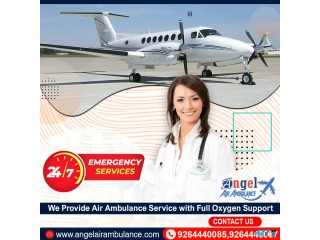COVID-19 diagnostic testing Private
2 years ago - Multimedia - San Antonio - 57 views -Nurse knowledge can improve test administration, ensure efficacy, and increase result accuracy
Takeaways:
• Three COVID-19 diagnostic testing methods are available: molecular, antigen, and antibody.
• Each method has unique advantages and disadvantages.
• Nursing knowledge can help ensure accurate testing use, interpretation, and application.
Editor’s note: This is an early release of an article that will appear in the June 2021 issue of American Nurse Journal.
In response to the COVID-19 pandemic, the healthcare industry has created several testing methodologies to detect the SARS-CoV-2 virus in those who currently are infected and antibodies in those who were previously infected. These tests were developed in record time. However, their accuracy continues to evolve as we learn more about the virus. To ensure proper test administration, procedural efficacy, and accurate results reporting, nurses must fully understand each method.
Testing methods
Various nations and certifying organizations—including the World Health Organization (WHO), Conformité Européenne, and the U.S. Food and Drug Administration (FDA)—have approved over 400 molecular, antigen, and serological antibody diagnostic tests for SARS-CoV-2. When determining which test is appropriate, nurses should consider method of sample collection, processing procedure, length of time for results, test sensitivity and specificity, test limitations, and results interpretation. Testing methods fall into three categories: molecular, antigen, and antibody.
Molecular testing
Molecular tests detect RNA from the SARS-CoV-2 virus to diagnose an active or acute COVID-19 infection. Examples include the nucleic acid amplification test (NAAT), real-time reverse transcription-polymerase chain reaction (RT-PCR), and loop‐mediated isothermal amplification (LAMP). Sample collection routes include nasopharyngeal, deep nasal, anterior nares, and oropharyngeal. Depending on laboratory capability, molecular test results can be obtained in 3 to 4 hours or up to a week; the average time is 1 to 2 days.
Hanson and colleagues recently suggested a strategy of initially obtaining an upper respiratory tract sample (nasopharyngeal swab) for SARS-CoV-2 molecular testing in hospitalized patients with suspected COVID-19 infection. If the initial sample is negative and suspicion for the disease remains high, the panel suggests collecting a lower respiratory tract sample (sputum, bronchoalveolar lavage fluid, tracheal aspirate) rather than another upper respiratory sample.
Antigen testing
Antigen tests detect surface proteins from the SARS-CoV-2 virus to diagnose an active or acute infection. Specimens are obtained from the nasopharynx and anterior nares. Antigen tests and uncut sheet are recommended for individuals with symptoms during the first 5 to 7 days of infection. However, a Cochrane systemic review of 22 antigen test studies found that their sensitivity varied considerably, from 0% to 94%, with the average sensitivity being 56.2%, which is why a confirming RT-PCR test is recommended.



















